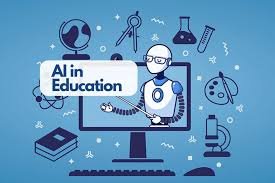The Future of Learning: How AI and Technology Are Revolutionizing Education
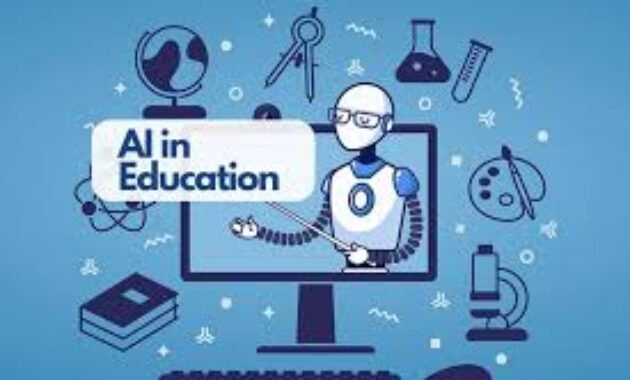
Introduction: The Dawn of a New Educational Era
Education is undergoing a seismic shift. Gone are the days when learning was confined to textbooks, chalkboards, and rigid classroom schedules. Today, Artificial Intelligence (AI) and cutting-edge technology are transforming education into a dynamic, personalized, and boundary-less experience.
From AI-driven tutors that adapt to individual learning styles to virtual reality (VR) classrooms that transport students to ancient civilizations, the future of education is here—and it’s smarter than ever. But what does this mean for students, teachers, and institutions? How is AI reshaping learning, and what challenges must we overcome?
In this in-depth exploration, we’ll uncover:
✔ How AI is personalizing education
✔ The rise of smart classrooms and virtual learning
✔ Key AI tools revolutionizing teaching and administration
✔ Implementation strategies for schools and universities
✔ Ethical concerns and the future of AI in education
Let’s dive in.
1. The AI Revolution in Education: What’s Changing?
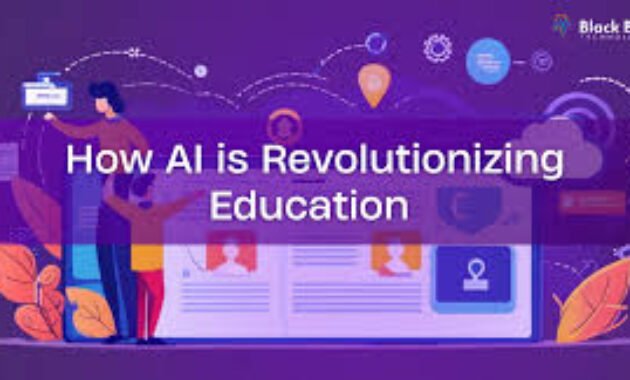
1.1 Personalized Learning: Education Tailored to You
AI is dismantling the “one-size-fits-all” approach. Instead, it analyzes a student’s strengths, weaknesses, and learning pace to deliver customized lessons.
🔹 Examples:
- Adaptive learning platforms (e.g., Khan Academy, DreamBox) adjust difficulty in real-time.
- AI tutors (like Squirrel AI) provide instant feedback, reducing dependency on human instructors.
- Predictive analytics identify at-risk students early, allowing timely intervention.
1.2 AI Tutors & Virtual Assistants: 24/7 Learning Support

Imagine having a personal tutor available anytime, anywhere. AI-powered chatbots and virtual assistants make this possible.
🔹 How it works:
- ChatGPT for Education – Helps with homework, explanations, and research.
- IBM Watson Tutor – Provides personalized study plans.
- Duolingo’s AI – Adjusts language lessons based on user performance.
1.3 Virtual & Augmented Reality: Immersive Learning
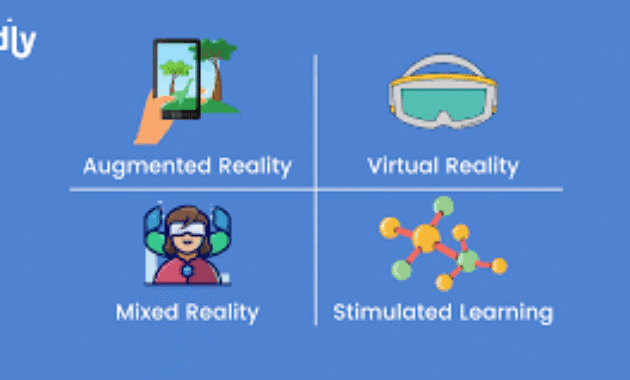
Why read about the Roman Empire when you can walk through it in VR?
🔹 Applications:
- Medical students practice surgeries in VR simulations.
- Engineering students explore 3D models of complex machinery.
- History classes take virtual field trips to historical sites.
1.4 Automation in Education: Freeing Teachers from Admin Tasks

AI doesn’t just help students—it supports educators by automating repetitive tasks.
🔹 Key Benefits:
- AI grading systems (e.g., Gradescope) assess assignments in seconds.
- Smart scheduling optimizes timetables for schools.
- AI-driven plagiarism checkers (like Turnitin) maintain academic integrity.
1.5 Breaking Barriers: Global Access to Education
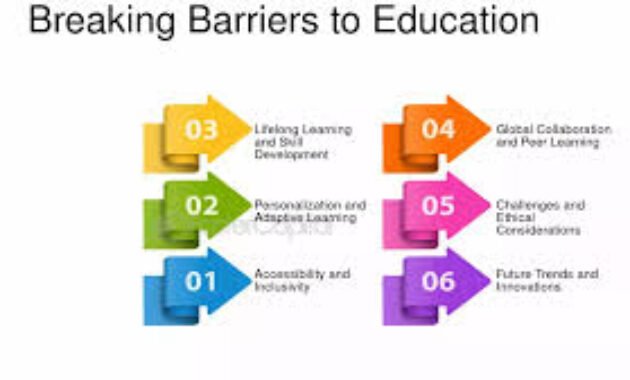
AI is democratizing education, making it accessible to remote and underserved communities.
🔹 How?
- MOOCs (Massive Open Online Courses) – Platforms like Coursera and edX offer Ivy League courses for free.
- AI-powered translations – Break language barriers in learning.
- Low-bandwidth learning apps – Enable education in areas with poor internet.
2. Implementing AI in Education: A Step-by-Step Guide
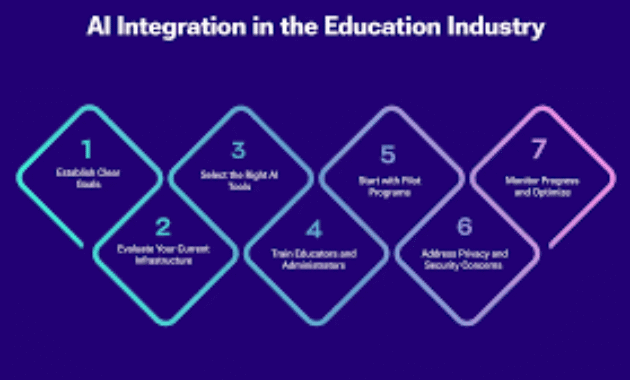
Step 1: Identify Institutional Needs
- What are the pain points? (e.g., low engagement, high dropout rates)
- Define clear AI adoption goals (personalization, efficiency, accessibility).
Step 2: Select the Right AI Tools
| Tool Type | Examples | Best For |
|---|---|---|
| Adaptive Learning | DreamBox, Smart Sparrow | Math, Science |
| AI Tutors | ChatGPT, Squirrel AI | Homework help, Test prep |
| VR/AR Learning | Google Expeditions, Labster | Medical, Engineering |
| Automated Grading | Gradescope, Turnitin | Teachers, Universities |
Step 3: Train Educators & Staff
- Workshops on AI tools
- Certifications in EdTech
- Continuous upskilling
Step 4: Pilot Testing & Feedback
- Start with a small group of students.
- Gather feedback from teachers and learners.
- Refine AI integration based on insights.
Step 5: Full-Scale Deployment
- Expand AI tools across all classrooms.
- Monitor performance metrics (engagement, grades, retention).
- Continuously update AI models for better accuracy.
3. The Pros & Cons of AI in Education
✅ Advantages
✔ Personalized learning → Better student outcomes.
✔ Reduced teacher workload → More focus on mentoring.
✔ Global accessibility → Education for all.
✔ Real-time feedback → Faster improvement.
❌ Challenges
⚠ Data privacy risks – How secure is student data?
⚠ High initial costs – Can schools afford AI?
⚠ Over-reliance on AI – Will human teachers become obsolete?
⚠ Bias in AI algorithms – Can AI be truly fair?
4. The Future of AI in Education: What’s Next?
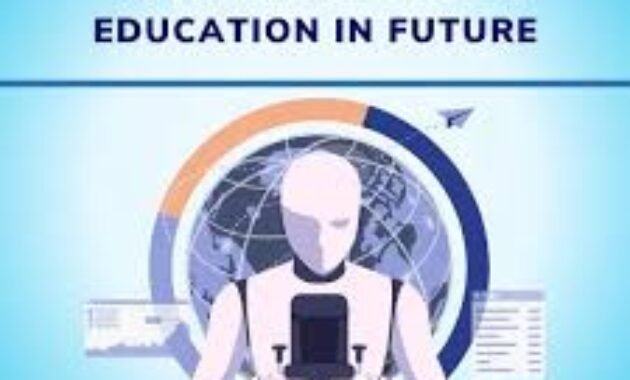
🔮 AI-Generated Textbooks – Customized for each student’s learning style.
🔮 Emotion-Sensing AI – Detects frustration and adjusts lessons.
🔮 Blockchain Degrees – Tamper-proof digital certifications.
🔮 Holographic Teachers – 3D instructors for remote learning.
Conclusion: Embracing the AI-Powered Learning Revolution
AI is not replacing teachers—it’s empowering them. By automating admin tasks, personalizing lessons, and making education accessible to all, AI is creating a smarter, more inclusive future for learning.
The question is no longer if AI will transform education, but how soon institutions will adapt.
Are you ready for the change?
Frequently Asked Questions (FAQs)
Q: Will AI make human teachers obsolete?
A: No. AI enhances teaching but cannot replace human empathy, mentorship, and creativity.
Q: How can schools ensure AI ethics in education?
A: By implementing strict data privacy policies and auditing AI algorithms for bias.
Q: Is AI-powered education expensive?
A: Initially, yes. But long-term benefits (efficiency, scalability) outweigh costs.
Q: Can AI help students with learning disabilities?
A: Absolutely! AI tools like speech-to-text, dyslexia-friendly fonts, and adaptive learning are game-changers.
Final Thought:
The future of education is adaptive, immersive, and limitless. AI is the catalyst—will you be part of the revolution

